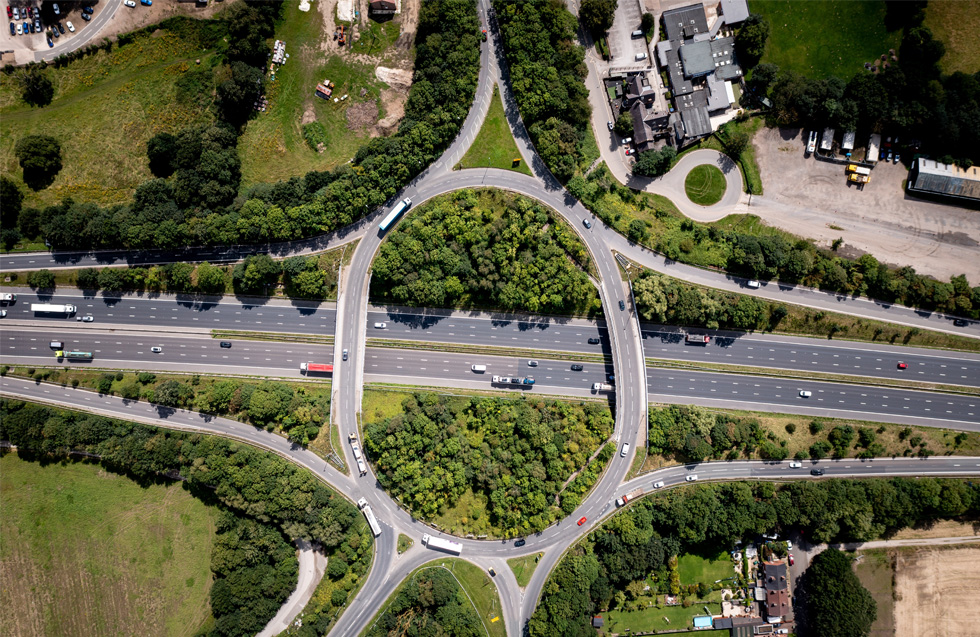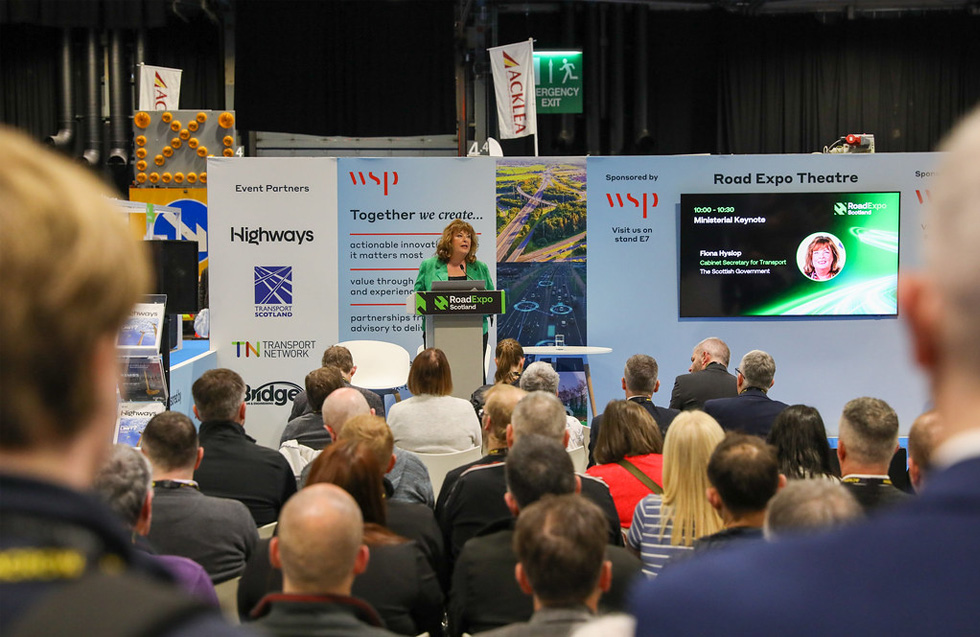- Generate dynamism and lock in the low-carbon visionthrough a mechanism for assessing, strengthening and rolling forward mitigation contributions on a regular five-yearly basis. Emissions need to peak soon and we need to achieve zero net emissions by the end of the century. This will require a portfolio of low-carbon technologies, a firm commitment to driving energy efficiency, and innovation, development and deployment of new technologies and decarbonising transport, which accounts for 23% of global C02 emissions;
- Enhance resilience and protect the most vulnerable, including through financial and technical support, capacity building and increased energy access. Developed countries must deliver on their commitments to mobilise USD 100 billion a year by 2020 for climate actions by developing countries***;
- Provide transparencythrough robust monitoring, reporting and verification that builds understanding of and confidence in countries' progress towards their mitigation and adaptation targets;
- Create mutual accountabilityin terms of the finance, technology and capacity building, including policy reforms and enabling environments that encourage low-carbon, resilient development and investment;
- Transmit a strong signalto the multitude of non-governmental decision makers ' particularly firms, regional governments, cities and the financial sector. They need the confidence to plan and invest profitably if the transition is going to happen.
























